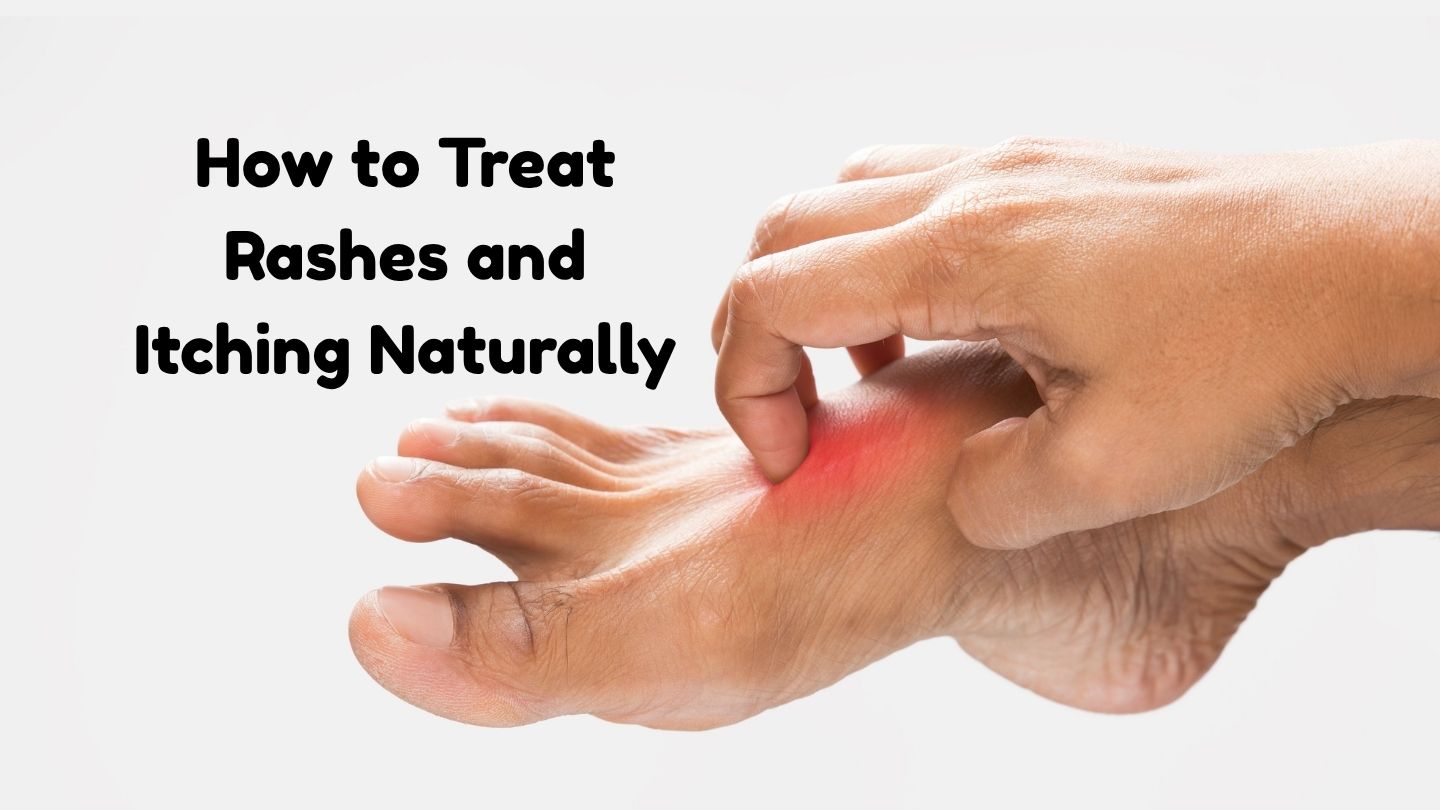How to Treat Rashes and Itching Naturally: Home Remedies That Work
Rashes and itching are common skin issues caused by allergies, infections, heat, dry skin, or even insect bites. While over-the-counter creams can help, many people prefer natural remedies for itching and rashes because they are gentle, affordable, and often free from harsh chemicals.
In this blog post, we’ll explore how to treat rashes and itching naturally with proven home remedies and essential care tips. Whether you’re dealing with a red, itchy patch or a mild allergic reaction, these remedies can provide quick, soothing relief.
What Causes Rashes and Itching?
Before trying a remedy, it’s important to understand the possible causes of your skin irritation:
- Allergic reactions (e.g., food, soap, fabric)
- Eczema or psoriasis
- Heat rash or sweat rash
- Insect bites
- Dry or sensitive skin
- Fungal or bacterial infections
Once you rule out serious infections or chronic conditions, natural treatments can be highly effective for everyday rashes.
How To Treat Rashes and Itching Naturally
1. Aloe Vera Gel
Aloe vera is a time-tested remedy for irritated skin. It has anti-inflammatory, antimicrobial, and cooling properties that can reduce redness and itchiness.
How to Use:
- Extract fresh aloe gel from a leaf.
- Apply directly to the rash 2–3 times a day.
- Let it absorb—no need to wash off.
2. Cold Compress
A cold compress helps to numb the itch and reduce inflammation.
How to Use:
- Wrap ice cubes in a clean cloth or use a cold gel pack.
- Apply to the affected area for 10–15 minutes.
- Repeat several times a day as needed.
3. Oatmeal Bath
Oatmeal contains compounds that calm irritated skin and restore its natural barrier.
How to Use:
- Blend plain oats into a fine powder.
- Add 1 cup to lukewarm bathwater.
- Soak for 15–20 minutes, then pat dry gently.
4. Coconut Oil
Coconut oil is full of antioxidants and fatty acids that moisturize and protect the skin. It’s great for dry, itchy rashes and even helps prevent infections.
How to Use:
- Apply virgin coconut oil directly on clean, dry skin.
- Use 2–3 times daily until the rash improves.
5. Apple Cider Vinegar
Thanks to its antibacterial and antifungal properties, apple cider vinegar is great for treating infections and balancing skin pH.
How to Use:
- Mix equal parts ACV and water.
- Apply with a cotton ball on the rash.
- Do not use on broken or sensitive skin.
6. Tea Tree Oil (Diluted)
Tea tree oil is a powerful essential oil with antimicrobial and anti-inflammatory effects. It helps fight bacterial and fungal rashes.
How to Use:
- Dilute 3–5 drops of tea tree oil in 1 tablespoon of carrier oil (like coconut or olive oil).
- Apply gently on the rash once or twice daily.
7. Chamomile Tea Compress
Chamomile has calming, anti-inflammatory compounds that help soothe irritated skin and reduce redness.
How to Use:
- Brew chamomile tea and let it cool.
- Soak a clean cloth in the tea and apply to the rash.
- Use twice a day for best results.
8. Neem (Indian Lilac)
Neem leaves have anti-fungal, anti-bacterial, and anti-inflammatory properties, making them ideal for itchy skin and rashes.
How to Use:
- Boil neem leaves in water, let it cool, and use it as a rinse.
- Alternatively, apply neem paste on the rash.
Must Read: Top 10 Natural Remedies for Bloating
Precautions When Using Natural Remedies
While natural remedies are generally safe, always:
- Do a patch test before applying to larger skin areas.
- Avoid applying remedies to open wounds or oozing rashes.
- Discontinue use if irritation increases.
- Seek medical advice if the rash worsens or lasts more than 7 days.
When to See a Doctor
Seek professional help if:
- Rash spreads rapidly
- You have fever or joint pain with the rash
- There is swelling, pus, or intense pain
- Rash appears around the eyes or genitals
Natural remedies are supportive, but persistent or severe cases need medical diagnosis and treatment.
Final Thoughts
Treating rashes and itching naturally is not only possible—it’s often highly effective. Simple kitchen remedies like aloe vera, oatmeal, coconut oil, and apple cider vinegar can offer fast and lasting relief when used correctly. They nourish your skin, reduce inflammation, and calm the itch without harsh chemicals.
Always be gentle with your skin, stay hydrated, and keep the area clean. With consistency and care, your skin can heal naturally—leaving you feeling refreshed, soothed, and rash-free.
FAQs
Can I use aloe vera daily for rashes?
Yes, aloe vera is gentle enough for daily use and helps soothe and heal the skin.
What is the best natural remedy for heat rash?
Oatmeal baths and cold compresses work best for calming heat rash.
Can essential oils cause allergic reactions?
Yes, always dilute essential oils and do a patch test before use.
Is coconut oil good for eczema rashes?
Yes, coconut oil helps moisturize and reduce inflammation in mild eczema cases.
How long does it take for natural remedies to work?
Most people see improvement within a few days, but results can vary based on the cause and severity of the rash.








One Comment